Activity Content Sections
Instructions
Relevant Terminology
Electricity: A form of energy caused by the flow of electrons that occurs naturally and can be transferred through conductive materials like wires.
Solar array: Another name for solar panel; made of solar cells that convert light energy or photons into electrical energy through the photovoltaic effect.
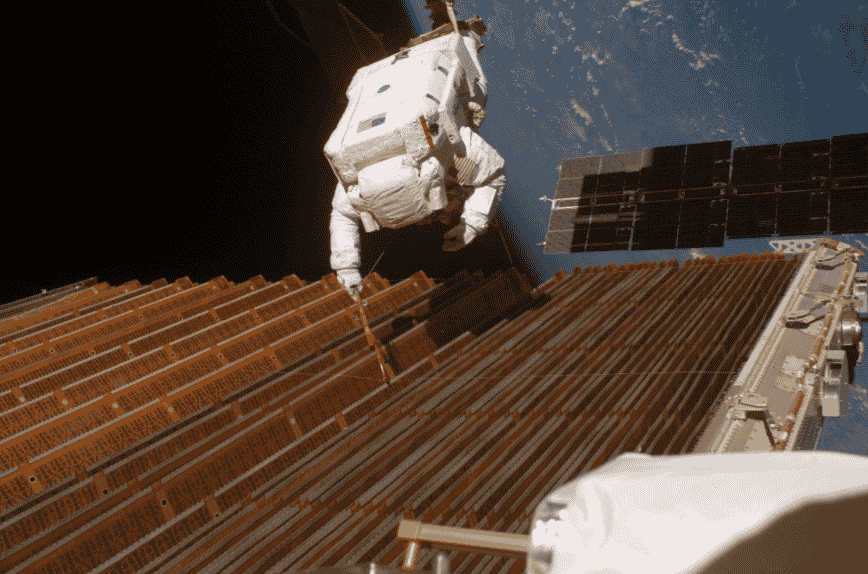
Working on the port overhead solar array wing of the International Space Station. Credit: NASA.




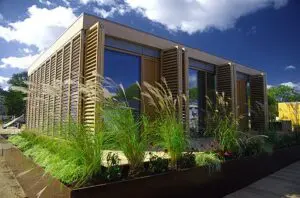
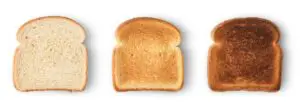

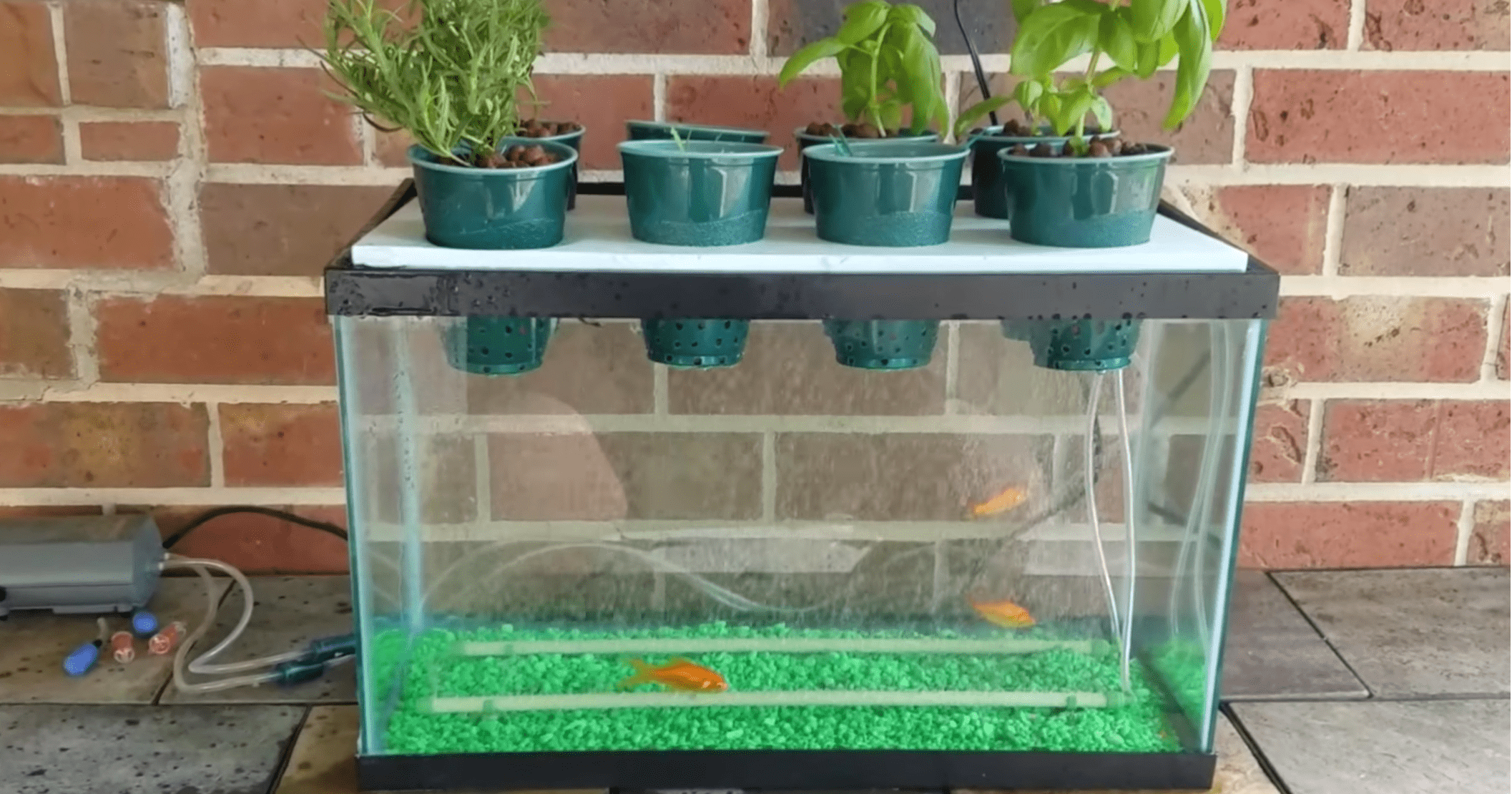

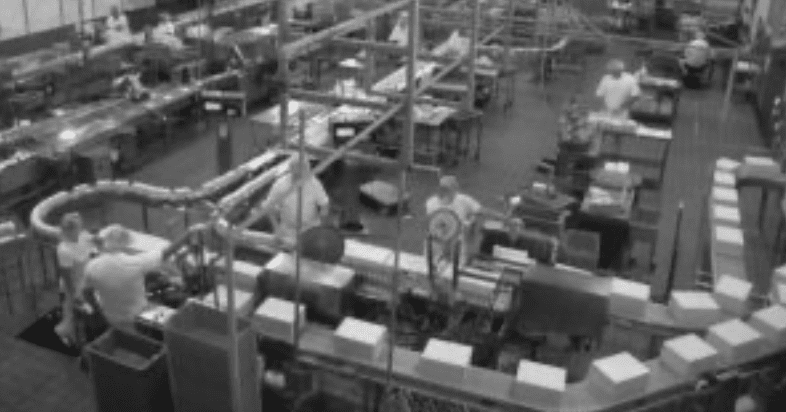
Leave feedback form
Thank you! Your submission is processing.